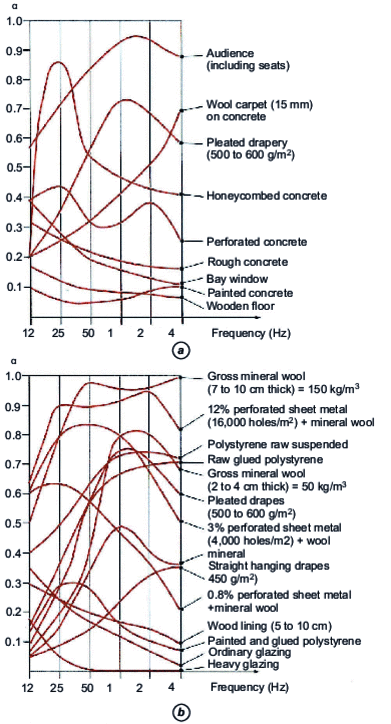4. Method for determining the acoustic characteristics of a room
4.1 Assessing sound levels in a room
The relationships used to define the sound levels of travelling waves are most often expressed in terms of two variables:
acoustic pressure (scalar quantity) p in Pa, or pressure level : in dB
acoustic intensity (scalar or vector quantity) I in W/m 2 , or intensity level : ...
Exclusive to subscribers. 97% yet to be discovered!
You do not have access to this resource.
Click here to request your free trial access!
Already subscribed? Log in!

The Ultimate Scientific and Technical Reference
This article is included in
Signal processing and its applications
This offer includes:
Knowledge Base
Updated and enriched with articles validated by our scientific committees
Services
A set of exclusive tools to complement the resources
Practical Path
Operational and didactic, to guarantee the acquisition of transversal skills
Doc & Quiz
Interactive articles with quizzes, for constructive reading
Method for determining the acoustic characteristics of a room
Absorption coefficients of different materials

Room quality assessment criteria
As early as 1900, Sabine implicitly introduced the first criterion of room quality, based on the estimated reverberation time. Today, most authors agree that the acoustic quality of a room can be determined from a minimum of four or five criteria.
Among the most frequently cited are EDT [Early Decay Time: reverberation time calculated over the 0 to – 10 dB interval of the impulse...
Exclusive to subscribers. 97% yet to be discovered!
You do not have access to this resource.
Click here to request your free trial access!
Already subscribed? Log in!

The Ultimate Scientific and Technical Reference